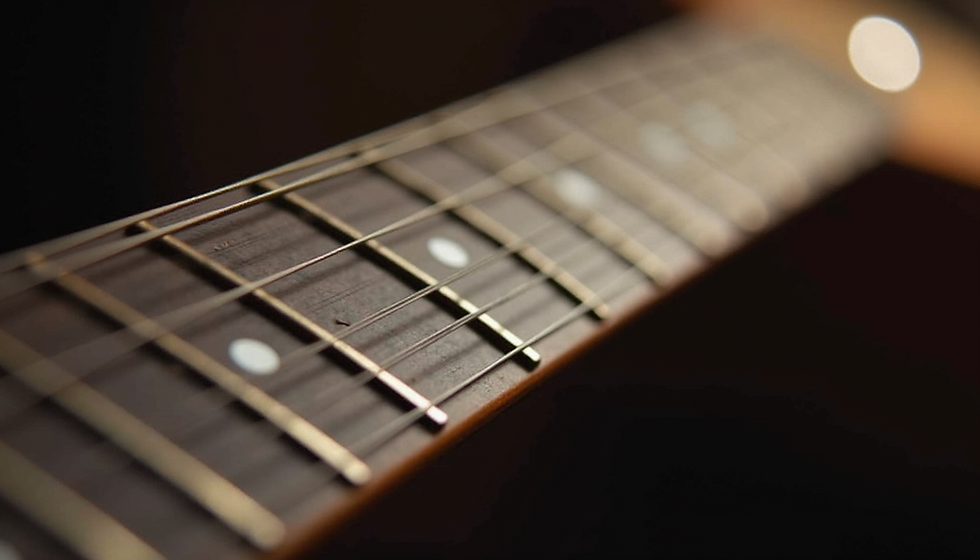Grand Staff - Treble Bass Clef - Piano, Violin - Sangeet Bharti Music Academy Panchkula Chandigarh Zirakpur (Music Classes)
- Apr 27, 2024
- 2 min read



In Western musical notation, the staff also occasionally referred to as a pentagram is a set of five horizontal lines and four spaces that each represent a different musical pitch or in the case of a percussion staff, different percussion instruments. Appropriate music symbols, depending on the intended effect, are placed on the staff according to their corresponding pitch or function. Musical notes are placed by pitch, percussion notes are placed by instrument, and rests and other symbols are placed by convention.
The absolute pitch of each line of a non-percussive staff is indicated by the placement of a clef symbol at the appropriate vertical position on the left-hand side of the staff (possibly modified by conventions for specific instruments). For example, the treble clef, also known as the G clef, is placed on the second line (counting upward), fixing that line as the pitch first G above "middle C".
The lines and spaces are numbered from bottom to top; the bottom line is the first line and the top line is the fifth line.
The musical staff is analogous to a mathematical graph of pitch with respect to time. Pitches of notes are given by their vertical position on the staff and notes are played from left to right. Unlike a graph, however, the number of semitones represented by a vertical step from a line to an adjacent space depends on the key, and the exact timing of the beginning of each note is not directly proportional to its horizontal position; rather, exact timing is encoded by the musical symbol chosen for each note in addition to the tempo.
A time signature to the right of the clef indicates the relationship between timing counts and note symbols, while bar lines group notes on the staff into measures.
When music on two staves is joined by a brace, or is intended to be played at once by a single performer (usually a keyboard instrument or harp), a grand staff (American English) or great stave (British English) is created. Typically, the upper staff uses a treble clef and the lower staff has a bass clef. In this instance, middle C is centered between the two staffs, and it can be written on the first ledger line below the upper staff or the first ledger line above the lower staff. Very rarely, a centered line with a small C clef is written, and usually used to indicate that B, C, or D on the line can be played with either hand (ledger lines are not used from a center alto as this creates confusion). When playing the piano or harp, the upper staff is normally played with the right hand and the lower staff with the left hand. In music intended for organ with pedalboard, a grand staff normally comprises three staves, one for each hand on the manuals and one for the feet on the pedalboard.



Comments